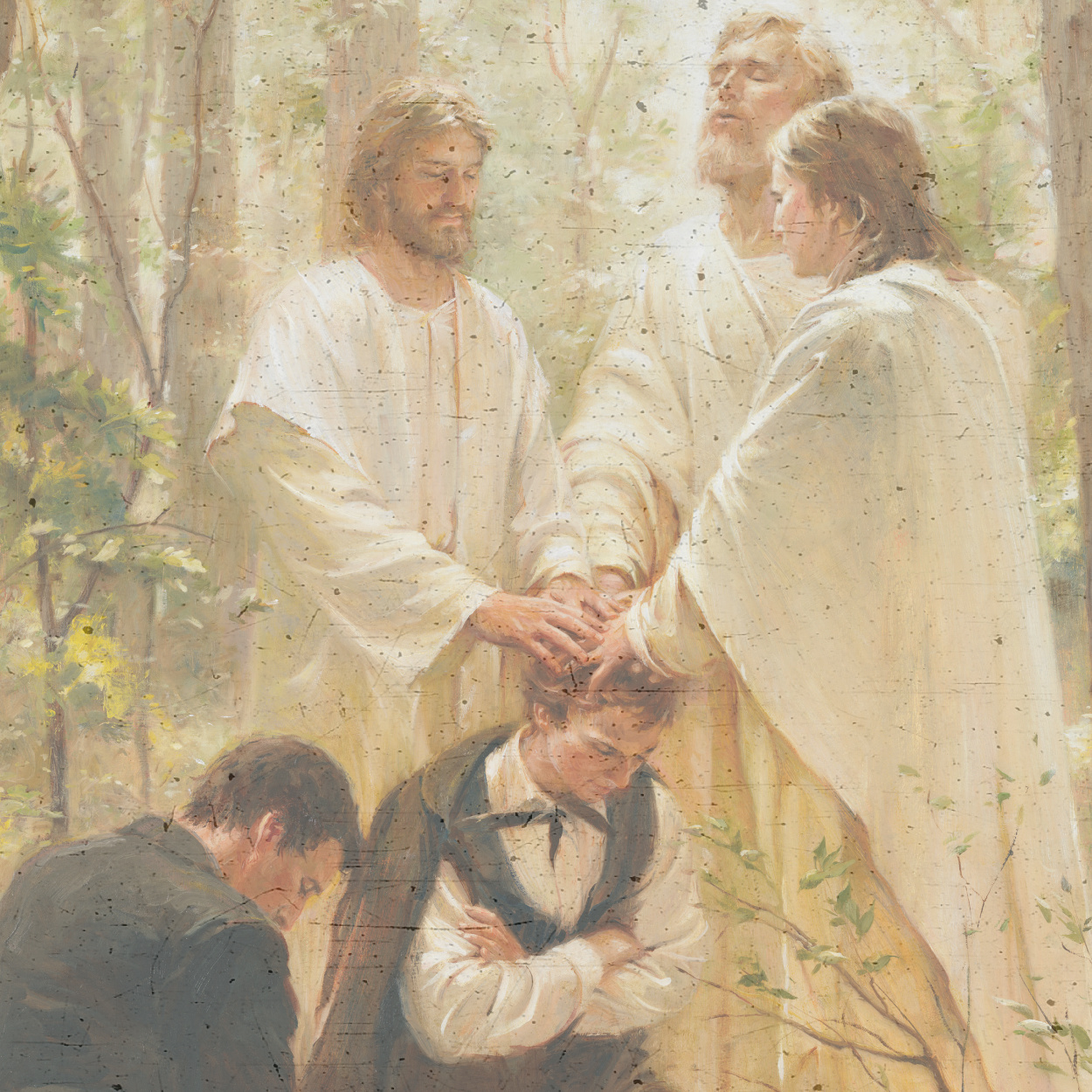When my husband and I were married, we received a beautiful mantle clock with the words “True Love” engraved on it. Looking at this gift and then at us, my mother told me she felt a little sadness considering the struggles in her own marriage of 22 years. At that time, she and my father were caught up in the craziness of raising seven children together and often experienced more challenges and conflict than romance. To her, we looked like Cinderella and Prince Charming, and her marriage seemed less than ideal.
Twenty-five years later, I understand her perspective. In fact, two weeks after my husband and I proclaimed our eternal love for each other over the wedding altar, I noticed stresses in our marriage that no fairy tale or Disney movie ever mentioned in the “happily ever after” conclusions: financial, physical, sexual, spiritual, emotional, and mental struggles daunted us over the next twenty-five years, not to mention simple annoyances, arguments, and, admittedly once or twice, wondering if we might get divorced.
Yet through it all, we held tightly to our marriage commitment, if not always tightly to each other. Although the word commitment carries fear into the hearts of many today, as evidenced by more couples choosing cohabitation or divorce over marriage, our experience has been that both obligatory and genuine commitment helped us arrive at a deeper romantic attachment—along with a personal journey I took into mindfulness to deal with the stresses our marriage and lives accumulated as we continued our odyssey toward “true love.”
Commitment and Attachment
One of the biggest challenges my husband and I have faced since our wedding day is maintaining our romantic attachment to each other. Twenty-five years and six children later, our lives constantly take us in different directions with work, school, our children’s activities, and community involvement—on top of health problems, disagreements, myriad daily hassles, and unexpected stresses. Through it all, we have found that sustained commitment to each other is the crucial foundation of our romantic attachment.
Distinguishing between two types of commitment is helpful in understanding why commitment itself is the root of romantic attachment. Constrained commitment is dutiful—staying in a relationship because of social pressure or economic need, for example. Dedicated commitment is a desire not only to stay in a relationship, but to make it better out of deep love for one’s partner. While constrained commitment can maintain a marriage through temporary hardships, dedicated commitment is the goal when it comes to creating long-term, deep romantic attachment and a “happily ever after” marriage.
Fortunately, and unfortunately, most marriages today are based on love—fortunately, because most couples start their marriage with dedicated commitment, and unfortunately because dedicated commitment is so difficult to maintain. The reality we all eventually come to know for ourselves is that a marriage of any considerable length looks different than on the wedding day or honeymoon. Eventually, every married couple will face obstacles, and divorce can look like an appealing option when your “happily ever after” seems to be falling apart. This is where constrained commitment comes in handy. The risk of constrained commitment, though, is that no one wants to white knuckle it through marriage forever. Still, divorce has its own set of substantial illusions and problems.
Mindfulness
Fortunately, I also discovered the correlation between romantic attachment and mindfulness during an extremely stressful family situation. The tranquility this practice brought to me and my marriage mirrors research confirming that meditation improves romantic relationships even if only one partner meditates regularly. Mindfulness and meditation, interestingly, bring couples to a place of calm where they can openly communicate their needs and devotion to each other—thus increasing the dedicatory component of commitment, without quite so much constraint.
I now know I can be calm no matter what thoughts, feelings, or circumstances come at me.
The healing power of mindfulness to my inner wellbeing and my marriage first came into my awareness when our large family moved overseas for my husband’s employment and his own health began to steadily decline. Far away from family and close friends and living in a new culture with a baby and five older children, we both felt tremendous insecurity and uncertainty. In short, we were terrified. Unfortunately, we found that communicating our fears to each other only made things worse because neither of us had the capacity to calm and reassure the other. A family member who came for a visit one Christmas noticed my overwhelming stress and suggested that I start meditating. At first, I dismissed the idea as trite, but several days later, while visiting the local public library, I saw a book on meditation and decided to give it a try.
As I began to practice mindfulness, I became more aware of my desires and needs personally and felt more insight and assurance about how to fulfill them. I also became more aware of my husband’s needs and more open to helping him and improving our relationship. I began to feel a growing capacity to bring the peace I felt during meditation into my everyday life and family relationships. At the same time, meditation helped me learn to regulate the intensely negative emotions I experienced during this time. I now know I can be calm no matter what thoughts, feelings, or circumstances come at me. And these changes help my marriage, even if my husband does not meditate with me. (Of course, if he does, all the better!)
After becoming more mindful, my husband and I were able to better reflect upon how we tend to communicate together during our ongoing stress. With a little education and effort, we are now adjusting our communication patterns. We are also learning to be more vulnerable with each other, to accept responsibility for our emotions, and to sincerely express more appreciation for each other (see here). When negative feelings begin to escalate between us, we do our best to take a break and calm down before returning to the conversation (see here). Through mindfulness, we are turning toward each other with deeper love and dedication than ever before—remarkably, even more than on our wedding day.
“True Love”
My parents have now been married for almost 50 years, and they both admit they truly love each other. They came to their real-life “happily ever after” by sticking together, working together, learning together, and growing together—just as my husband and I are now doing.
Maybe that’s also the path we all must travel as couples in the end. Their life-long commitment to each other and deep romantic attachment inspire us. And, the clock, still ticking on our mantle, reminds us to keep at it because, after all we’ve experienced on this trajectory toward dedicated commitment, we still believe in “true love” too.
















